Lisbon's Enchanting Landmarks Adventure
Join us on a free walking tour through the heart of Lisbon, where history, culture, and stunning views await at every turn.
Time
3 Hours
Stops
9 Places
Distance
4.7 km
Miradouro de Santa Luzia
This viewpoint offers breathtaking panoramic views of the Alfama district and the Tagus River, setting the tone for your exploration of Lisbon's historic heart.
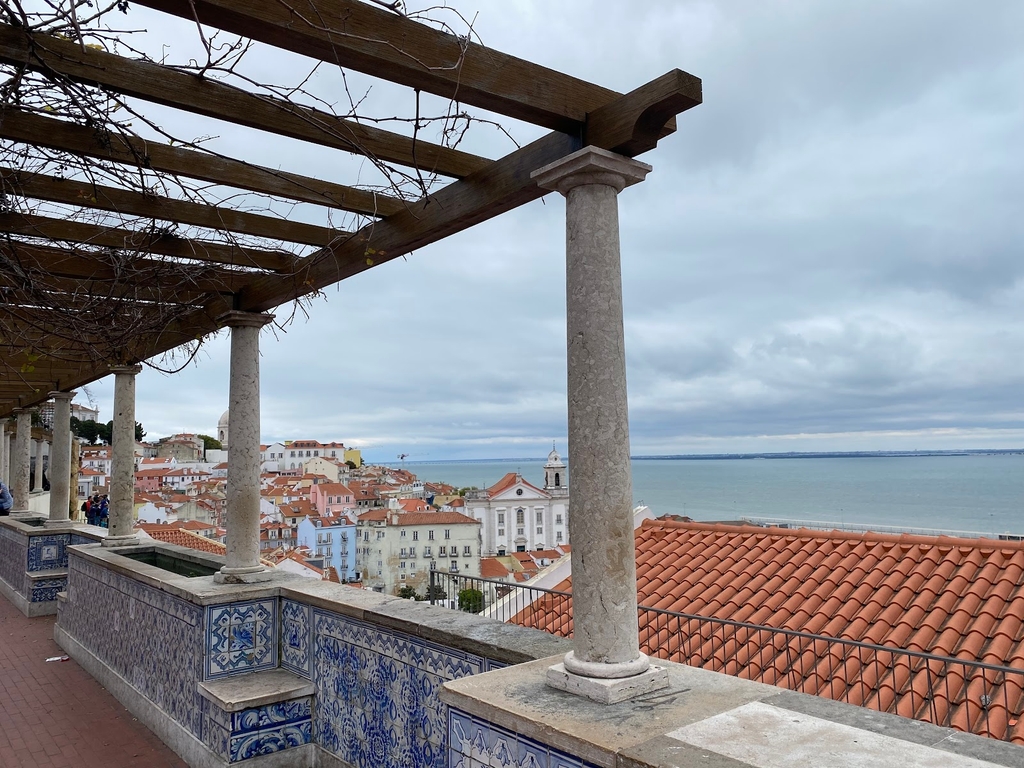
Miradouro de Santa Luzia (Source: Google Maps)
Miradouro de Santa Luzia is a picturesque viewpoint that offers breathtaking panoramic views of the Alfama district and the Tagus River. This site is not just a feast for the eyes but also a place steeped in history. The viewpoint features beautiful azulejos (ceramic tiles) that depict scenes from Lisbon’s past, providing context to the stunning vistas. It is an ideal spot to appreciate the architectural beauty of the surrounding neighborhoods and the river's importance to the city’s development. The lush gardens surrounding the viewpoint add to its charm, making it a favored spot for both tourists and locals seeking tranquility amidst the urban hustle. As you stand here, you can feel the pulse of Lisbon's rich cultural heritage, making it a perfect start to your exploration of the city.
Castelo de São Jorge
Overlooking the city, this Moorish castle provides a glimpse into Lisbon's medieval past and offers stunning views of the city's landscape.
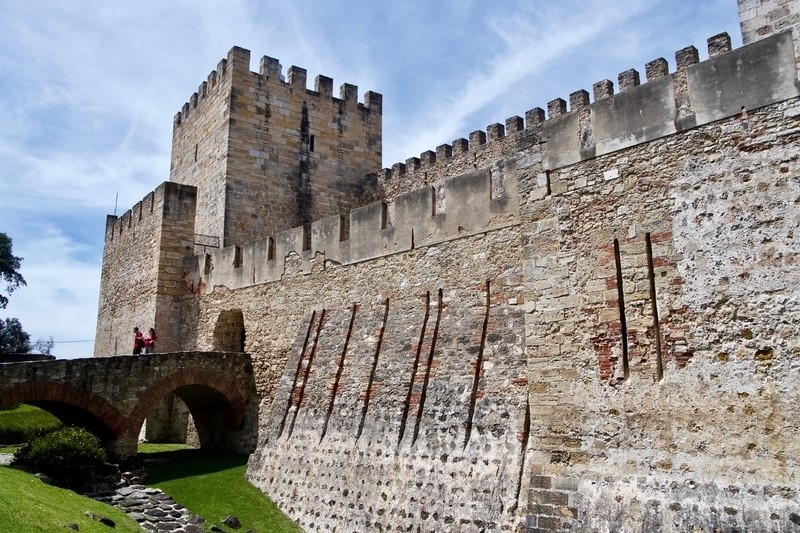
Castelo de São Jorge (Source: Google Maps)
Castelo de São Jorge, or St. George's Castle, stands proudly overlooking Lisbon, a testament to the city's medieval past. Originally built by the Moors in the 11th century, the castle has witnessed centuries of history, including the Christian conquest in 1147. Its impressive walls and towers offer visitors a glimpse into the defensive architecture of the time. The castle's strategic location provides stunning views of the city and the Tagus River, making it a popular attraction. Inside, visitors can explore the castle grounds, which include archaeological remains and a small museum showcasing artifacts from Lisbon's history. The surrounding gardens and open spaces are perfect for leisurely walks and picnics, allowing guests to soak in the atmosphere while reflecting on the castle's storied past.
Miradouro da Senhora do Monte
Known for its sweeping views, this viewpoint is a perfect spot to enjoy the city's skyline and the distant hills.
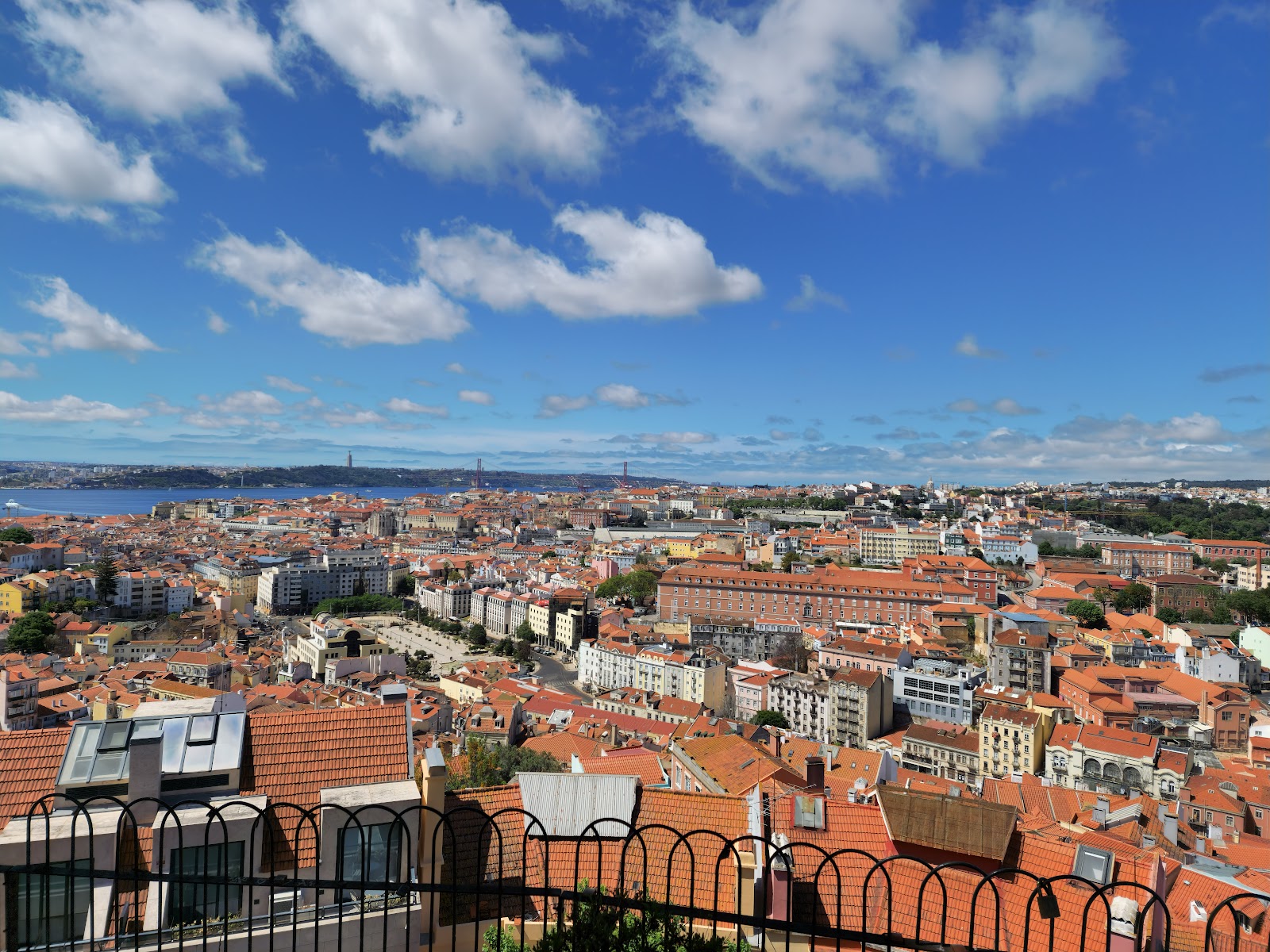
Miradouro da Senhora do Monte (Source: Google Maps)
Miradouro da Senhora do Monte is one of the highest viewpoints in Lisbon, offering sweeping views of the city skyline and the distant hills. This hidden gem is often less crowded than other viewpoints, providing a serene escape for visitors. The viewpoint is named after the nearby church, which adds to the area's historical significance. From this vantage point, you can see iconic landmarks such as the Castelo de São Jorge and the River Tagus, all framed by the charming rooftops of the city. The lush greenery surrounding the viewpoint enhances its beauty, making it a perfect spot for photography and relaxation. Whether you visit at sunrise or sunset, the breathtaking views create a memorable experience, capturing the essence of Lisbon's enchanting landscape.
Monastery of São Vicente de Fora
This grand monastery is a masterpiece of Mannerist architecture and houses a fascinating collection of azulejos (Portuguese tiles).
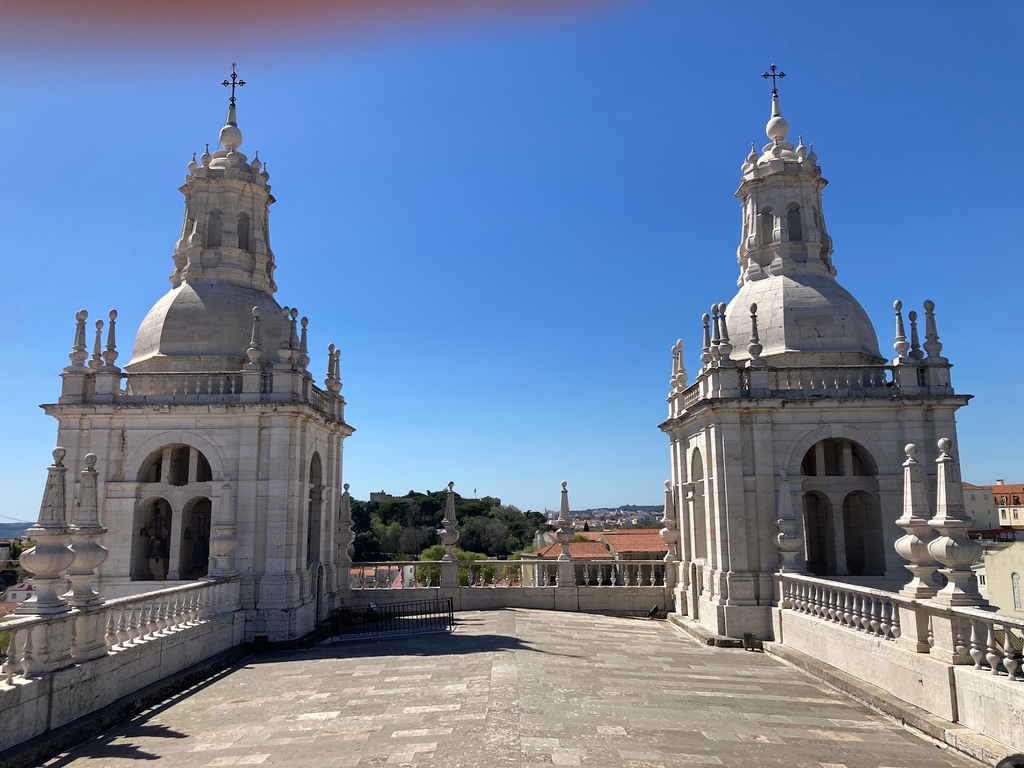
Monastery of São Vicente de Fora (Source: Google Maps)
The Monastery of São Vicente de Fora is a stunning example of Mannerist architecture, located on a hill overlooking the city. Founded in the 12th century, it has played a significant role in Lisbon's history. The monastery features an impressive church adorned with intricate altarpieces and a beautiful cloister that showcases Portuguese azulejos (decorative tiles). Inside, visitors can explore the fascinating collection of art and artifacts that reflect the monastery's religious and cultural significance. The site is also home to the tombs of several Portuguese kings, adding to its historical importance. The surrounding gardens provide a tranquil setting for contemplation, making it a popular spot for both tourists and locals. This landmark is not only an architectural marvel but also a testament to Lisbon's rich religious heritage.
National Pantheon (Panteão Nacional)
This impressive Baroque building is the final resting place for many of Portugal’s most esteemed figures, offering a deep dive into the country's history.
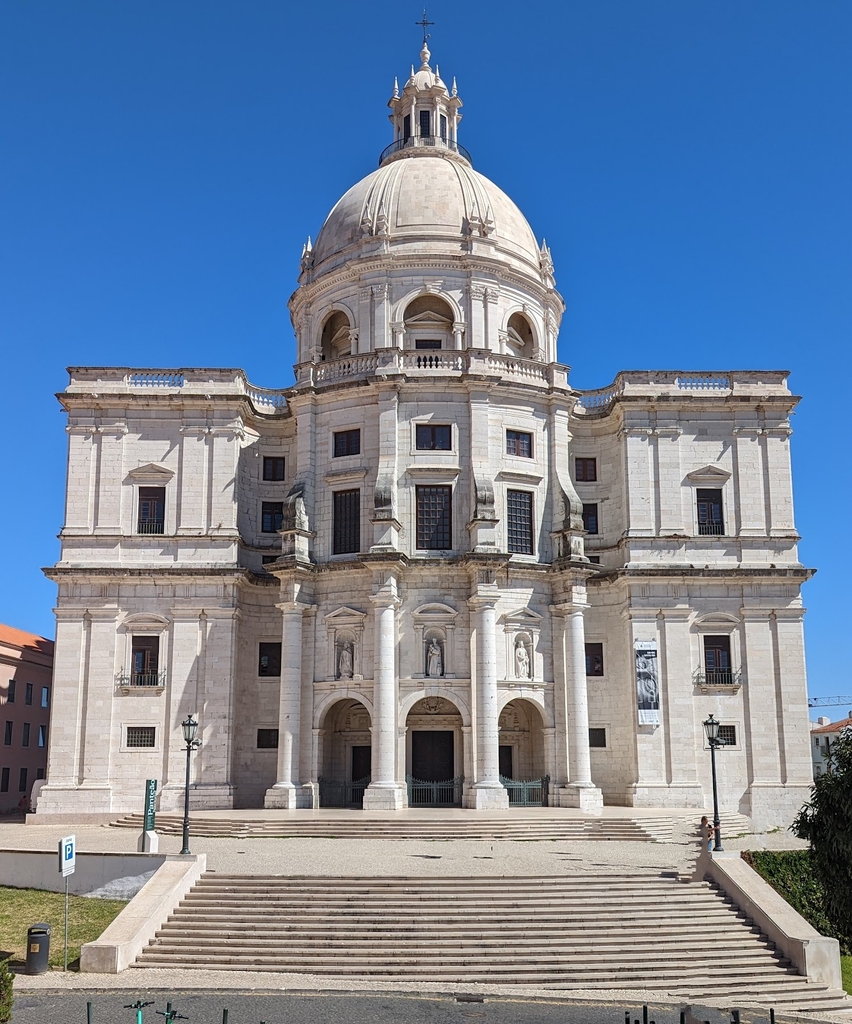
National Pantheon (Panteão Nacional) (Source: Google Maps)
The National Pantheon, or Panteão Nacional, is an impressive Baroque building that serves as the final resting place for many of Portugal's most esteemed figures. Originally built as a church in the 17th century, it was later converted into a pantheon to honor the nation's heroes. The grand dome and ornate interior reflect the artistic styles of the period, making it a significant architectural landmark. Inside, visitors can see the tombs of notable figures, including writers, politicians, and explorers, each contributing to Portugal's rich history. The site is a symbol of national pride and remembrance, attracting visitors from around the world. The panoramic views from the dome's terrace offer a stunning perspective of Lisbon, enhancing the experience of this historical site. The National Pantheon stands as a testament to the country's cultural legacy and serves as a place of reflection for those who visit.
Fado Museum (Museu do Fado)
Dedicated to the soulful music of Fado, this museum provides insight into one of Portugal's most beloved cultural traditions.
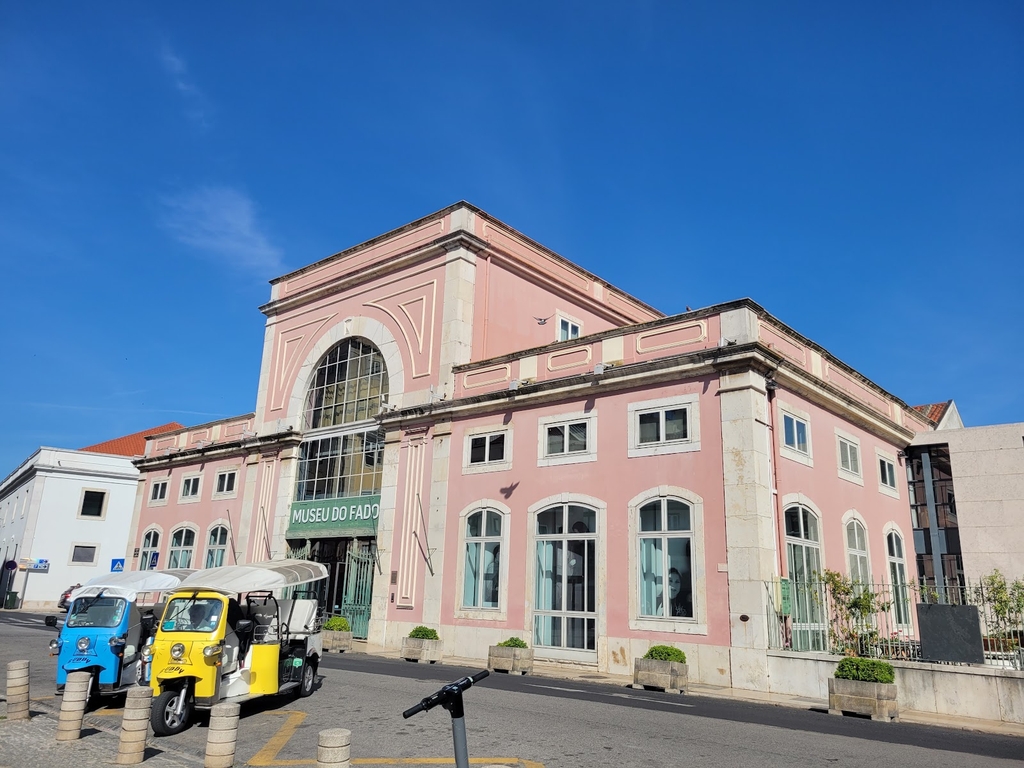
Fado Museum (Museu do Fado) (Source: Google Maps)
The Fado Museum, or Museu do Fado, is dedicated to preserving and promoting the soulful music of Fado, a genre that is deeply ingrained in Portuguese culture. Located in the heart of Lisbon, the museum offers visitors a chance to explore the history and evolution of Fado through interactive exhibits and displays. The museum houses a collection of instruments, costumes, and photographs that tell the story of this unique musical form, which is characterized by its expressive lyrics and melancholic melodies. Visitors can learn about the lives of famous Fado singers and the cultural significance of this music in Portuguese society. The museum also hosts live performances, allowing guests to experience Fado in an intimate setting. This cultural institution not only celebrates the art of Fado but also serves as a reminder of the emotional depth and storytelling that this music embodies.
Lisbon Cathedral (Sé de Lisboa)
As the oldest church in the city, the Lisbon Cathedral is a magnificent example of Romanesque architecture and a must-see for history enthusiasts.
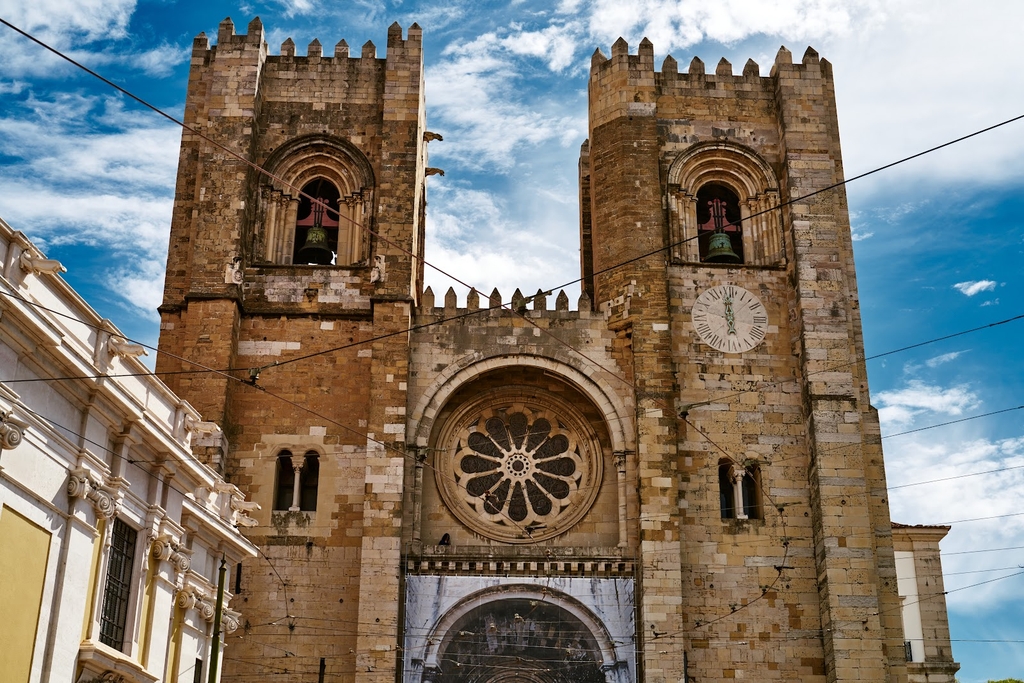
Lisbon Cathedral (Sé de Lisboa) (Source: Google Maps)
Lisbon Cathedral, known as Sé de Lisboa, is the oldest church in the city and a magnificent example of Romanesque architecture. Built in the 12th century, the cathedral has undergone several renovations, resulting in a blend of architectural styles, including Gothic and Baroque elements. Its iconic façade features sturdy stone walls and impressive rose windows, while the interior boasts beautiful chapels and altars that showcase religious art. The cathedral is home to several important relics and artifacts, making it a significant site for both worship and tourism. Visitors can explore the cloisters and the treasury, which houses valuable liturgical items. The cathedral's location in the Alfama district adds to its charm, as it stands as a historical landmark amidst narrow, winding streets. Lisbon Cathedral is not only a religious site but also a symbol of the city's resilience throughout its tumultuous history.
Praça do Comércio
This grand square, facing the Tagus River, is a symbol of the city's rich maritime history and a vibrant hub of activity.
Praça do Comércio (Source: Google Maps)
Praça do Comércio, or Commerce Square, is one of Lisbon's most iconic public squares, facing the Tagus River. This grand square is a symbol of the city's rich maritime history and was once the site of royal palaces. The square is bordered by stunning neoclassical buildings, including the famous Arco da Rua Augusta, which serves as a grand entrance to the bustling pedestrian street. The square is a vibrant hub of activity, where locals and tourists gather to enjoy the views, relax at outdoor cafés, and participate in various cultural events. Its historical significance is marked by the statue of King José I, which stands proudly in the center of the square. The open space allows for panoramic views of the river and the surrounding architecture, making it a perfect spot for photography and leisure. Praça do Comércio embodies the spirit of Lisbon, combining history, culture, and community in one picturesque location.
Rua Augusta Arch
This triumphal arch marks the entrance to the city's main pedestrian street, offering a stunning view from its rooftop terrace.
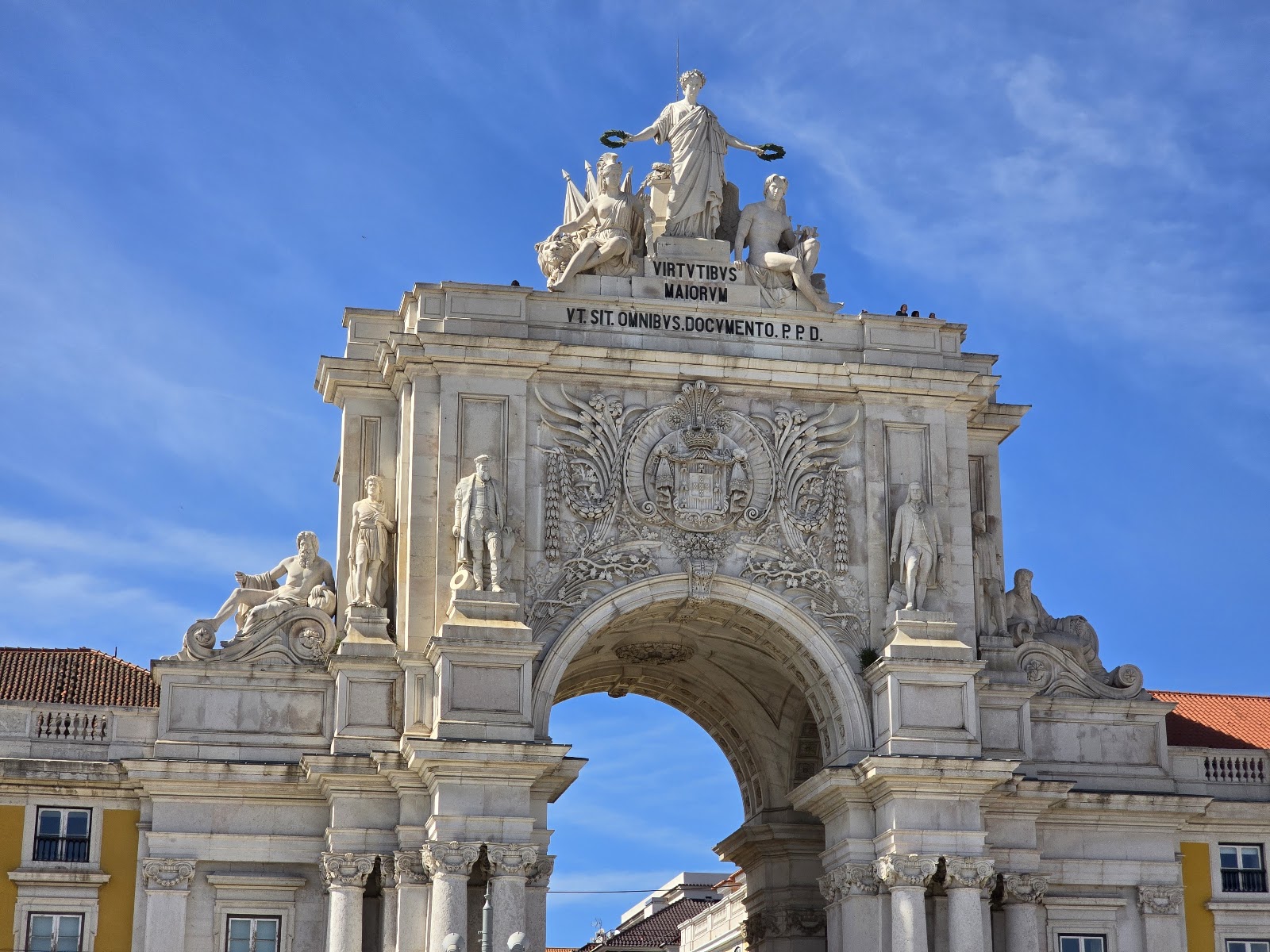
Rua Augusta Arch (Source: Google Maps)
The Rua Augusta Arch, or Arco da Rua Augusta, is a stunning triumphal arch that marks the entrance to Lisbon's main pedestrian street. Completed in the late 18th century, the arch was built to commemorate the city's reconstruction after the devastating earthquake of 1755. Its neoclassical design features intricate sculptures and reliefs that celebrate important historical figures and events. Visitors can ascend to the rooftop terrace for breathtaking views of the square and the bustling streets below. The arch serves as a gateway to the vibrant life of the city, where shops, restaurants, and street performers create a lively atmosphere. The architectural beauty of the arch is complemented by its historical significance, making it a must-see landmark for anyone exploring Lisbon. The Rua Augusta Arch stands as a testament to the city's resilience and commitment to preserving its cultural heritage.

Your travels, your rules.
Create your own Free Walking Tours.
Set your preferences, distances and anything you want to do or see.
Completely free, no payment required.